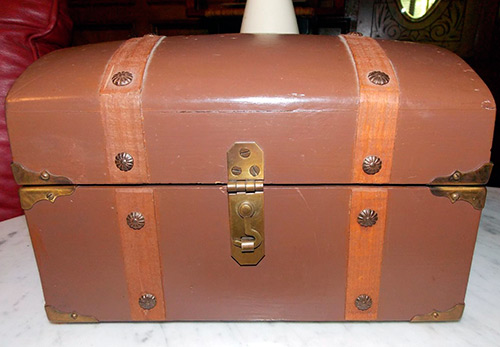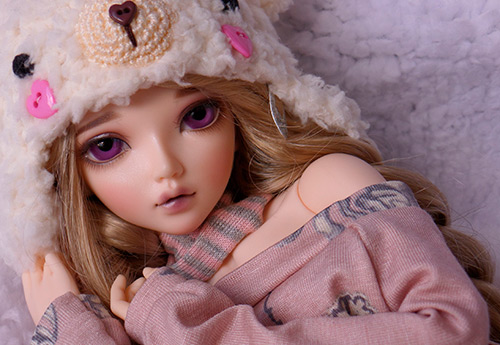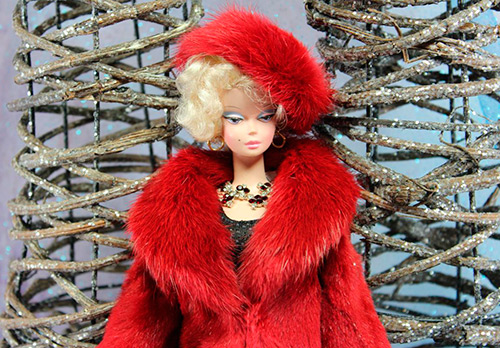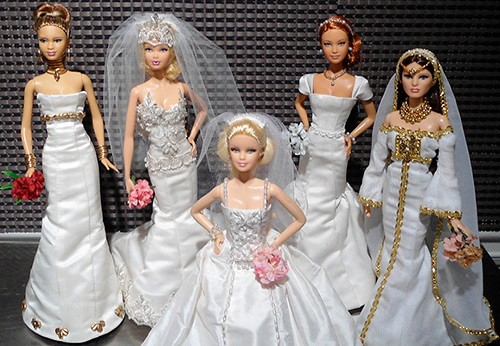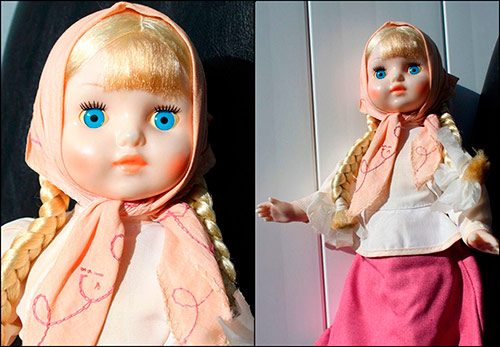Dolls and baby clothes
About the life of dolls of past eras
The history of the porcelain doll
We haven't written about dolls for a long time. Nevertheless, dolls, especially porcelain ones, are a very interesting and, undoubtedly, a wonderful topic. This article will focus on the 19th century dolls. The author of the article is a girl named Lisa, a blogger, she maintains a blog called "Diary of a Porcelain Doll", Lisa is a girl who is truly passionate about what she writes about and knows a lot about bygone eras, and most importantly, she knows how about them interesting to tell.
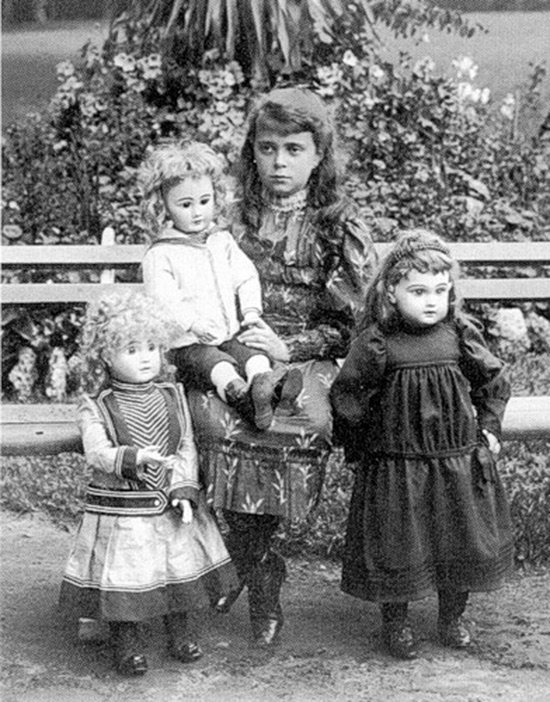
19th century dolls are not just toys for children. This is beauty, aesthetics and a whole layer of bygone culture, which beckons us with its charm and mystery.
Perhaps every little girl once dreamed of a beautiful doll with wide eyes, porcelain skin pallor, tight curls, in a luxurious dress with lace and flounces. Moreover, old dolls are now so loved and popular that even many adults are ready to pay a lot of money for another Parisian woman in their collection. The most famous and most interesting are dolls of the Victorian era, and the golden age of dolls is considered to be 1830-1900. It was during this period that dolls began to be made from wax and biscuit porcelain, and before that all toys were made of wood.
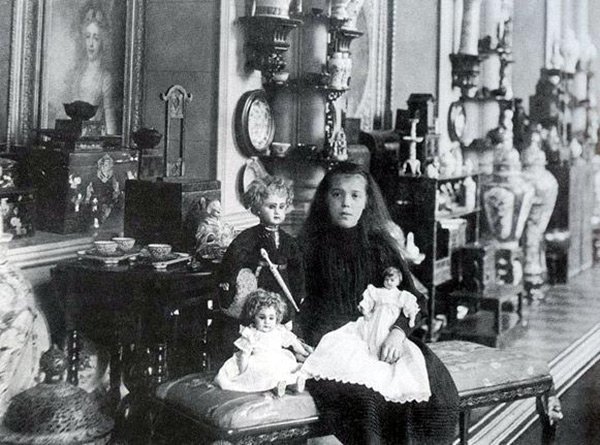
Dolls were a dream and favorite toy of any young lady of that period. During this period, dolls appear that can open and close their eyes, sit, bend their arms and legs, and even speak. Porcelain women of fashion were made mainly in England, France and Germany. They were brought to the Russian Empire or were discharged from France. It was a luxury and not all parents could please their daughter like that. Even in wealthy families, buying a doll was expensive. Girls could play with their favorites only under the supervision of governesses so as not to spoil the expensive toy.
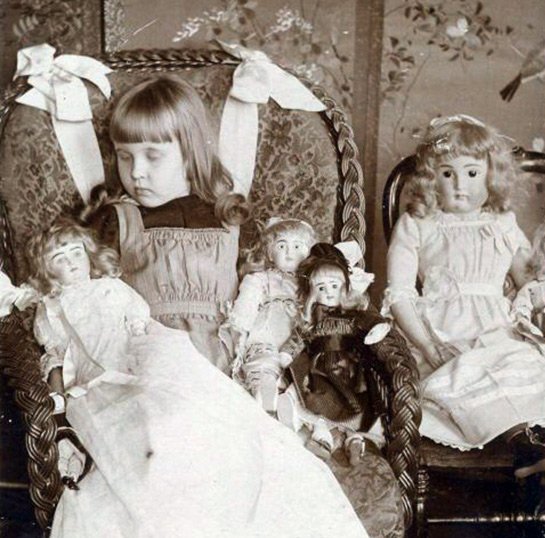
Doll houses, furniture for dolls, dishes appeared, in 1839 Julia Guro's book "Memoirs of a Doll" was published, and in 1864 - "Correspondence of two dolls" by the same author. The books are narrated from the perspective of the doll itself. Describes daily life, adventures, techniques, puppet balls. Much attention is paid to descriptions of outfits - dress styles, fabric colors, materials, for example: "The porcelain beauty has very thin linen, a luxurious blue dress, a white jacket and a white lace hat with a pink bow" ("From the doll's diary" 1908).
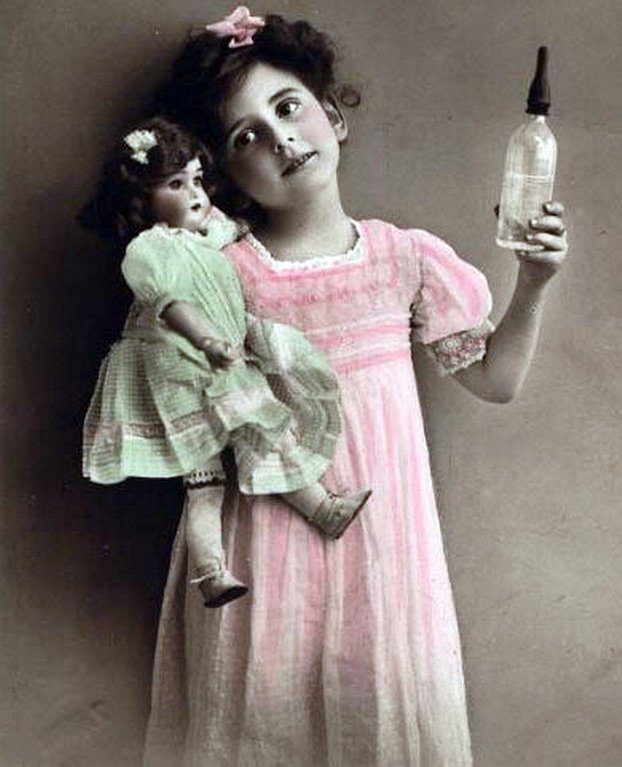
But “the life of dolls - alas! - subject to an abyss of accidents and a thousand whims ”, so the doll will have to change housewives and social status more than once. The ups and downs so often described by the authors of moral books were to remind readers of the frailty of earthly luxury.
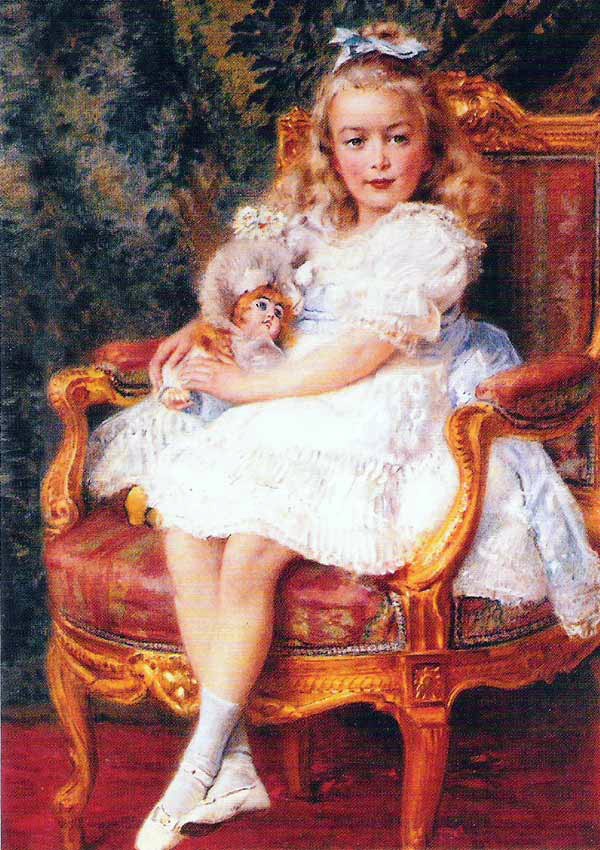
Together with her loving parents, the girl goes to the resorts of southern France, where she will plunge into the waves of high life. During this voyage, the porcelain doll perishes in the waves of the sea. The death of the doll, which is reported in the epilogue of the notes, is not perceived as tragic: the girl has become an adult young lady and she no longer needs the doll.
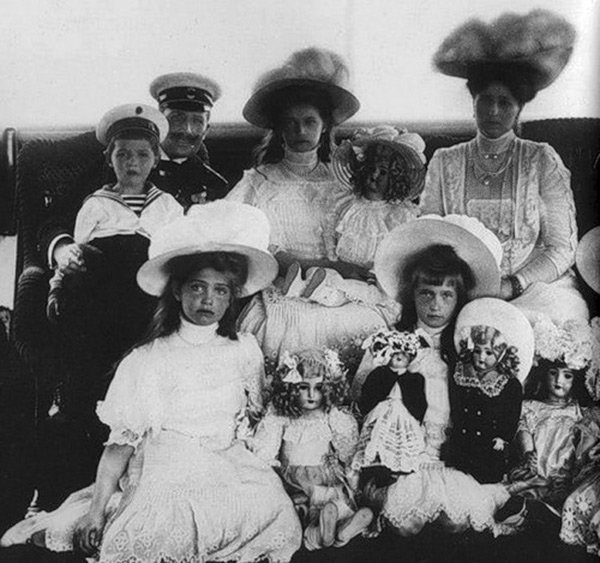
Perhaps it was these puppet letters, memoirs and diaries that inspired the great Russian composer P.I. Tchaikovsky to create such works as "The Doll's Illness" and "The Death of a Doll".
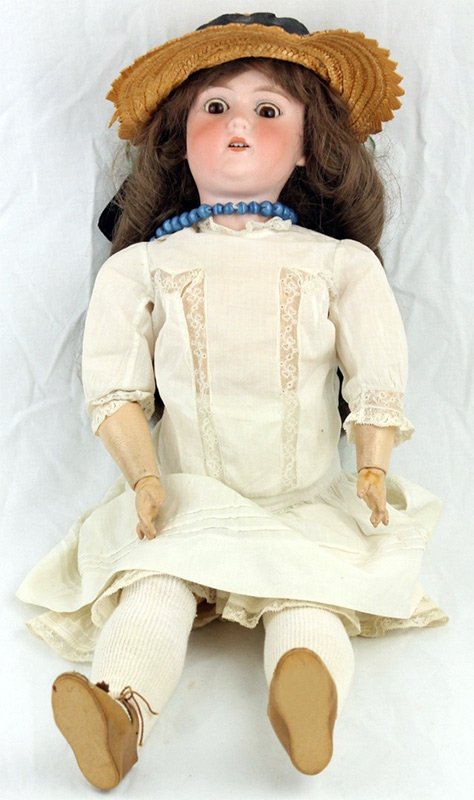
With dolls in their hands, many aristocrats and princess that time. In the painting of K. Makovsky, the elegant beauty Grand Duchess Maria Nikolaevna is holding, in the photographs of the beginning of the 20th century we see the daughters of the last Russian tsar with dolls. There are even Victorian posthumous photographs of girls in which the hostess seemed to fall asleep, hugging her pet. Inconsolable parents often left the doll in the hands of the deceased girl in the coffin.
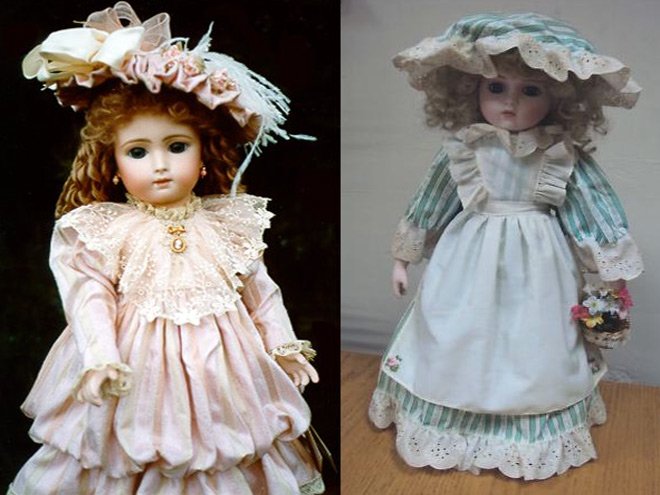
They often endowed porcelain dolls - princesses with mystical qualities; in the second half of the 19th century, dolls were made surprisingly similar to little girls. There are legends about living dolls - fairies and even about evil toys trying to steal the souls of young housewives. This is reflected in modern times - numerous films about dolls, both good and mediocre mass ones, are being shot, in the 1990s a wonderful book appears - "Lady Daisy", in which the main character, a Victorian doll, comes to life and talks, but only with children. , adults see in it only an ordinary toy.
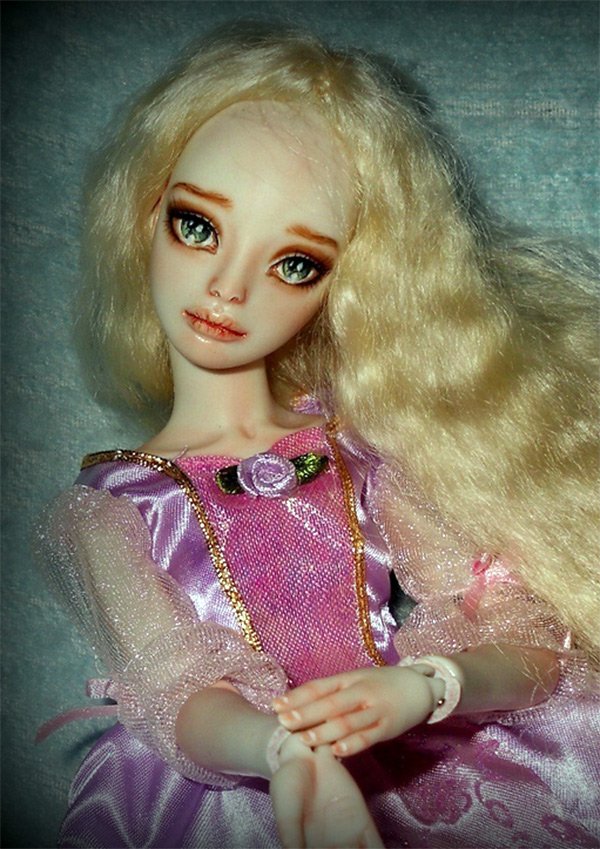
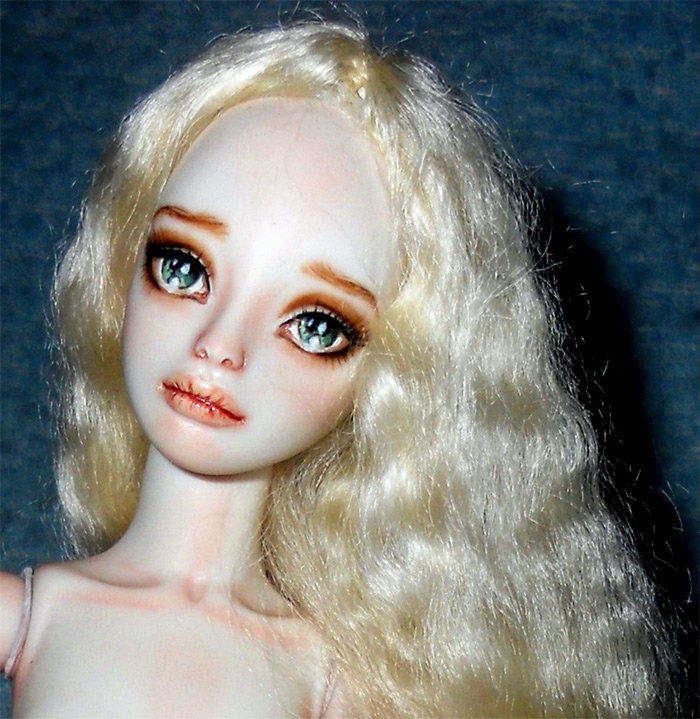
Modern dolls are beauties made of porcelain. Despite their young age and lack of history, these dolls are also quite expensive. The value of these two dolls is measured in four-digit US dollars.
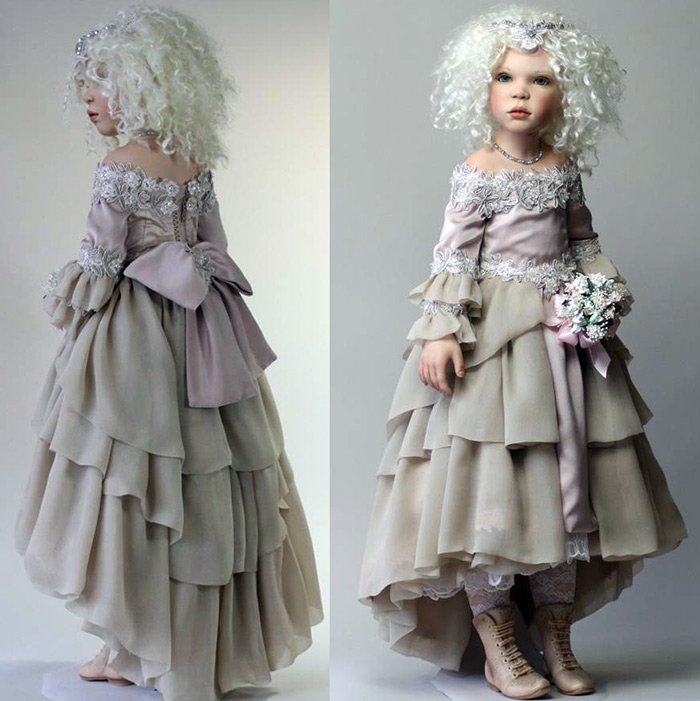
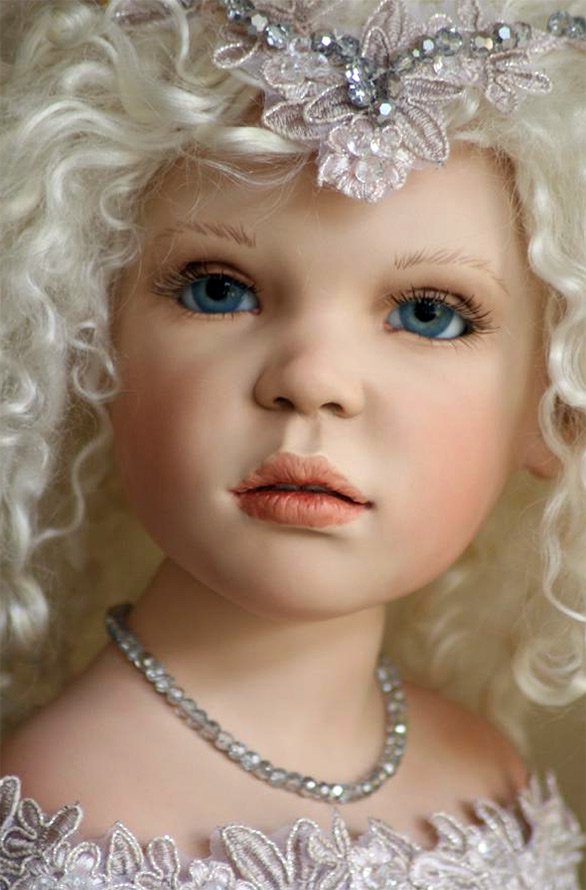
Now dolls are not such a luxury and rarity as in those distant and enchanting times, a girl from almost any family can afford such a toy, but, you must admit, the replicated plastic Barbie made at the factory evokes completely different feelings that arise at our exhibitions and auctions at the sight of porcelain ladies from the past. Perhaps that is why even modern dolls still cannot supplant ancient beauties, which were created by hand, in which they put a piece of their soul.
Comments and Reviews
Add a comment
Rating news
Shades of clothing that make women look younger
What shades of hair make women younger: rules and photos
Funny wedding dresses - photos and ideas
12 most expensive down jackets for the winter
How to look 25 at 40: tips from supermodels
Beautiful schoolgirls
Anti-aging haircuts and hairstyles for women
Fashionable skirts for autumn and winter
Fashionable women's trousers for the cold season
Fashionable and stylish sandals for summer 2024
Spring-summer 2024
 Fashionable dresses and tops with thin spaghetti straps
Fashionable dresses and tops with thin spaghetti straps
 Bandana tops: how to wear stylishly and beautifully
Bandana tops: how to wear stylishly and beautifully
 How to put together the perfect men's wardrobe for the summer
How to put together the perfect men's wardrobe for the summer
 Trendy shorts for spring-summer 2024
Trendy shorts for spring-summer 2024
 Fashionable skirts for spring-summer 2024: a guide to online shopping
Fashionable skirts for spring-summer 2024: a guide to online shopping
 The most fashionable dresses spring-summer 2024: styles and colors
The most fashionable dresses spring-summer 2024: styles and colors
 Fashionable total look 2024: image ideas and trends
Fashionable total look 2024: image ideas and trends
